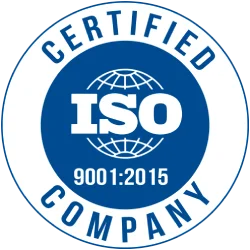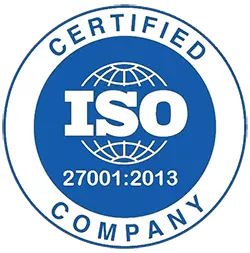Top 7 Reasons Why You Should Use 3D Images in Advertising
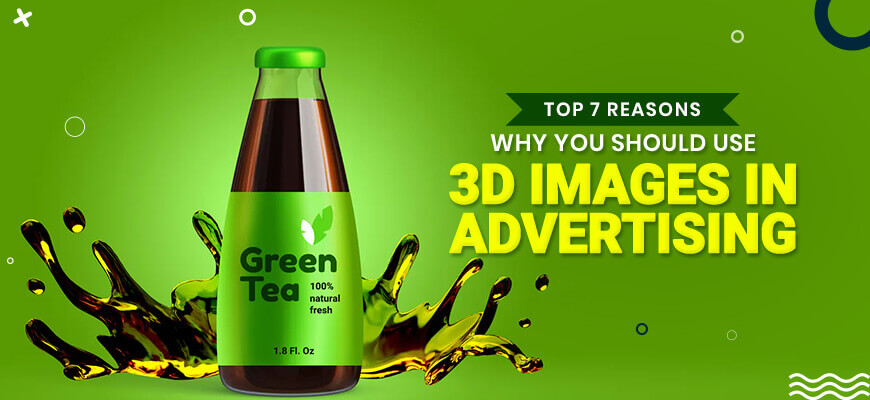
Nowadays, advertising campaigns with 3D images are the most cost-effective way to promote products. It involves using 3D imagery for marketing purposes that is produced using 3D technology. 3D images appear sharper and clearer than traditional photographs and save resources for other uses.
The effectiveness and success of product promotion efforts depend on the quality of the images that are used on e-commerce platforms. With realistically rendered product images, it is possible for online businesses to create a mark in the minds of their target audiences while being able to experience complete freedom of artistic expression.
This blog has covered the 7 benefits of 3D advertising for marketing purposes. Read to the end and see what they are.
Why Businesses Should Use 3D Images in Their Marketing Campaigns
-
3D Images Help to Build an Effective and Well-Coordinated Marketing Strategy
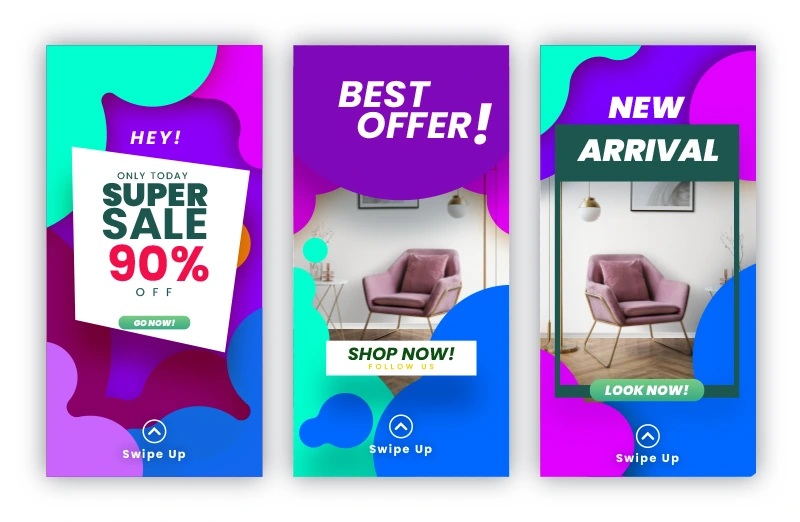 3D images helps in building best marketing strategy
3D images helps in building best marketing strategyAll creative processes require a high level of communication and coordination among the various teams involved. Often, businesses need to work in close collaboration with the artistic team of the advertising agency in order to let the team gain better clarity on the products that need to be created and on the purpose of the campaign.
3D designers work closely with their clients to create 3D scenes that can justify the purpose of promotional campaigns.
They can analyze the visual and aesthetic limitations and create exactly what their clients want. So online businesses can actually anticipate the end results before the project even gets completed. The fields of advertising and marketing involve short deadlines, visual constraints, and adjustments, and these issues can be effectively addressed through the use of customized 3D model solutions that would allow businesses to organize their projects well and share a common understanding with all the stakeholders.
-
3D Visuals Help in Building a Personalized Concept for Products
 3D images for personalized concepts
3D images for personalized conceptsThe preliminary 3D product renderings can be used in diverse marketing scenarios on different platforms. Businesses can re-launch existing products in the market either by using seasonal or short-term offers or by promoting product makeovers.
With the use of professional product 3D modeling services, businesses can reinvent their product designs and add a new dimension to their branding strategies. Businesses can develop a new theme to present their products, or they can create a new brand or product story that can give a practical and interesting shape to their new product presentations.
-
3D Images Help Highlight Product Features
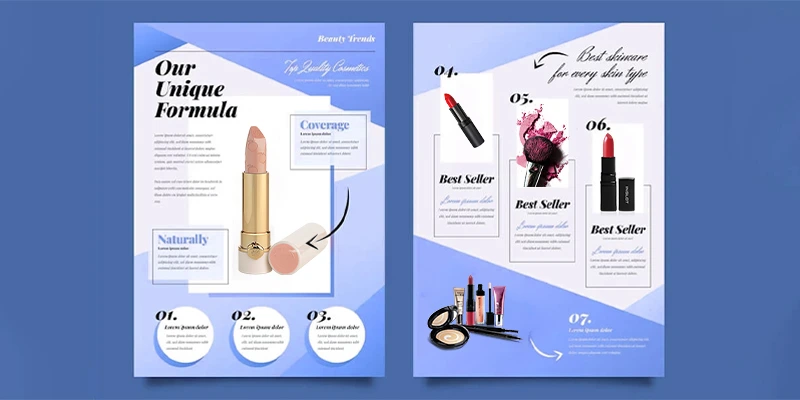 3D images for showcase product features
3D images for showcase product featuresIn order to showcase the special characteristics of a product, you can use 3D renders that are detailed and vibrant and can actually appear lifelike in presentations. With 3D images, you can stage your products in a completely customized way.
Businesses can select individual elements and get every detail highlighted and portrayed through the use of 360-degree rotations and animations in order to showcase a product from multiple angles.
-
Showcasing Products Against a White Background
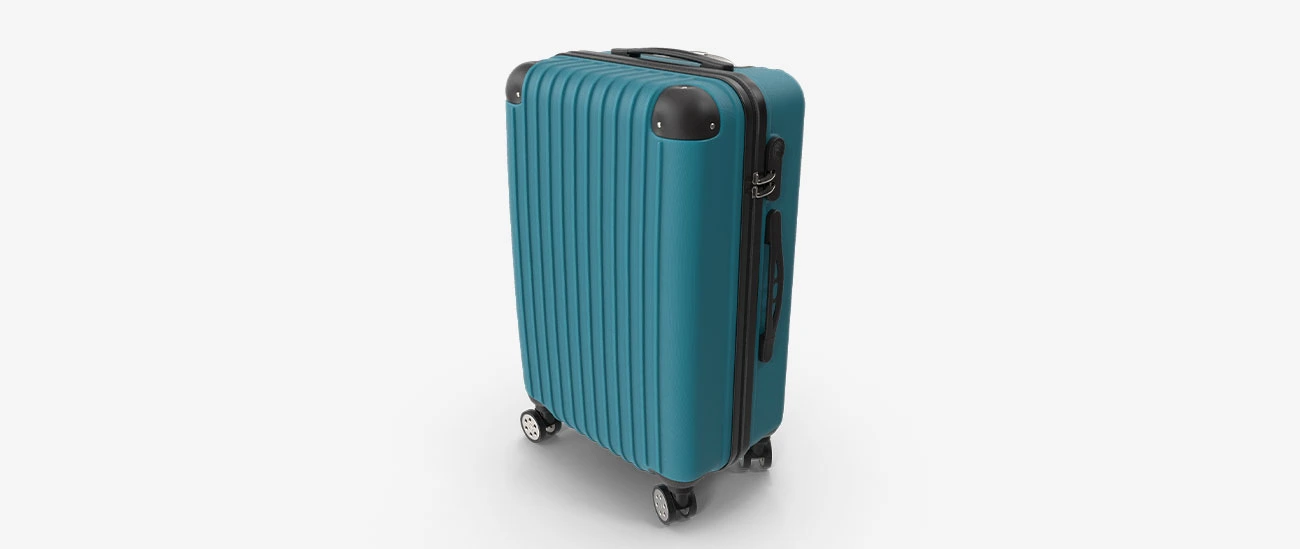 3D visuals helps to showcase product models on white background
3D visuals helps to showcase product models on white backgroundWhen a product is presented on a white background, it creates a better focus and allows customers to pay complete attention to the product's features.
With 3D rendering, businesses can highlight different product aspects and create the best chemistry using well-balanced colors, texture, reflections, volume, shape, etc.
Useful Article : How do white backgrounds impact consumer behavior?
-
Giving an Aesthetic Appeal to Less Photogenic Products
 Giving an aesthetic appeal
Giving an aesthetic appeal3D ads help businesses forego the idea of having complicated photo shoots. With traditional photography, it is quite difficult to accurately depict fresh vegetables, bottled or canned foods, prepared foods, or frozen food items. Traditionally, clicked images of these items may appear dull or fail to highlight product features accurately.
This holds true for certain technical or technological products, including home appliances. The use of professional 3D product rendering services can appropriately address this issue, as 3D artists have a high level of expertise in designing product 3D models, keeping in mind the key product specifications shared by their clients. They can create accurate and lifelike 3D renders that are substitutes for traditional product photography.
-
Enlivening Products for Online and Television Demonstrations
 Enhance for online advertising
Enhance for online advertisingThe use of product 3D images in web or television commercials may bring excellent results in terms of audience response. Animations can engage prospects on a higher level, making them feel excited about the product and developing a desire to buy it. Imagine products moving out of the box! 3D rendering coupled with 3D animation can make advertisements more gorgeous and captivating.
Useful Article : 3D Product Renders vs. Traditional Photography: Differences
-
Using 3D Models in Advertisements to Reflect Innovation
 Reflect innovations in advertising campaigns
Reflect innovations in advertising campaignsWhen businesses use 3D designs, they actually instill innovation in how they deliver content to their target audience. 3D design allows businesses to bestow personality and substance on their products. The process of 3D design makes products come to life and directly impacts the psychology of customers.
Whether businesses are looking to advertise standard or complex products, photorealistic 3D rendering allows them to add innovation to their marketing strategies. 3D modeling involves no artistic limitations, so businesses are free to explore highly creative ideas.
Useful Article : Types of 3D Rendering Used for Online Product Marketing
Where is 3D Advertising used?
3D advertising is an improved way to connect and engage with your audience by presenting your products in a creative way. Here we have listed some of the ways to use 3D advertisements.
-
Out-Of-Home (OOH) Advertising
Out-of-Home advertising is leading the way in the world of online advertising. It is a form of visual media advertising that is usually shown on large screens.
3D billboards are the best example of OOH advertising, where the ads are seen on streets like bus shelters, in train stations or airports, and at stadiums or cinema theaters.
The oldest form of advertising is growing, with many brands dedicating portions of their marketing budgets to it. It is pretty expensive, but it can greatly boost your business.
-
On-device Advertising
On-device advertising is also known as mobile advertising. It is a form of advertising that appears on smart devices like mobile phones, tablets, and laptops. Most advertisers use this type to advertise their brands through text ads like SMS, banners, and other web-based ads.
As smart devices have become integral to people's lives, from wake-up messages to catching their favorite show, companies have started adopting advertising campaigns through on-device advertising.
For instance, big tech companies like Amazon use this technology so customers can view the products before purchasing them. This tends to have significant purchasing power and is more likely to attain a higher level of satisfaction.
Thus, the future of eCommerce industries will depend on this technology in a powerful way to meet and engage consumers.
-
Combination of both
It is one of the eye-catching methods where outdoor advertising is combined with on-device advertising. Most advertisers use augmented reality marketing (AR) grab consumers' attention towards their brands.
Examples of 3D Advertising
One such example is an ad by Burger King called "Burn That Ad". Burger King came up with the excellent idea of integrating the feature in their app so that users can scan any ad and burn it in the virtual world using AR. It crashes the competition and enables them to get the free whooper.
Below, we have listed the 3D advertising examples that provide an impactful visual experience:
-
Cupra Formentor advertising in callao city lights
The new Cupra Formentor is the innovative campaign that the car advertisers have launched using 3D creativity on the screens of Callao City Lights. Cupra uses this advertising method to share its latest car model, the Formentor, with this enticing 3D Billboard advertisement. Using this, the ad is shown on the screen, where the vehicle looks like it is coming out of the big screen and entering the real world. This is the new marketing campaign that has the power to generate high engagement.
Take a look at this video to understand it better.
Video credits : callaocitylights
-
Queppelin advertising 3D foldable mobile phones
Queppelin uses 3D ads to provide visually appealing content through 3D billboards. This gives the viewer an amazingly realistic and vivid visual experience. One prominent example is a 3D foldable mobile phone.
This ad shows the fast charging capability by showing the animation of a cable being plugged into the port. It then shows how mobile devices are charging at a rapid pace. The background changes once the charging is complete, and butterflies come out of the ultra-HD display. This has a high impact on the ad viewer.
Take a look at this video to understand better.
Video credits : Queppelin
Useful Article : Mixed Reality: A Brief Guide
Frequently Asked Questions (FAQ)
3D advertising brings life into inanimate products, making them look lively and realistic. People can continue their purchases from the comfort of their homes with 3D advertisements. 3D ads are already in extensive use. For example, Ford recently leveraged 3D visualisation for their Maverick truck promotion and it was super engaging. Back in 2019, Adidas Latin America used Google Swirl to create a highly effective 3D ad for its Ultra Boost shoe.
In short, 3D and AR are giving a new dimension to modern advertising, and this trend is here to stay.
Improving user experience and customer relationships is the prime motto for every eCommerce marketer. 3D Product Modeling enables this by making the advertisements more effective and immersive.
The hyper-realistic product models made in 3D resemble the real products, which gives the prospects a clear idea of what they are going to buy. Product animations made in 3D give a 360-degree view of a product, thus making it stand out.
This influences the purchase decision positively to a great extent. High-end 3D renderings boost customer trust and instill a lower risk perception. Then there is 3D printing, which is a great alternative for physical prototypes. Many manufacturing companies are incorporating this technique into their manufacturing strategy.
All of these factors make a brand stand out as trustworthy and unique.
3D visualization for marketing purposes is a praise-worthy usage of 3D technology, which allows customers to customise the product in a virtual manner. And 3D images get their popularity from having super-clarity, an extra-glossy finish, and a hyper-realistic look and feel. Customers can imagine themselves wearing the products, and this increases conversion by 40%. Especially for luxury brands, like luxury watches, automobiles, tailor-made apparel, and much more.
The online buyer can check the product from all the possible angles and get a sense of realism. This technique is great for promoting a new product, e.g., a new high-tech smartphone or a DSLR camera.
3D modeling and rendering are here to rule the marketing landscape in the years to come. With its artistic essence and ability to impact people’s minds, 3D design is on its way to creating milestones in the fields of marketing and advertising. If you have 3D design ideas for an upcoming campaign, share them with us. We would be happy to assist you in giving a solid, virtual shape to your ideas.
Contact Us
